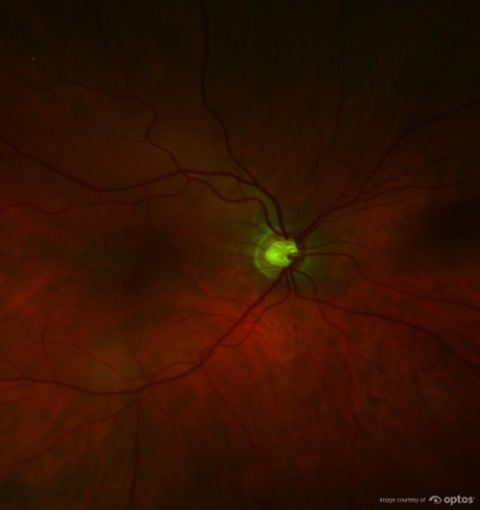As we have shared before, glaucoma cases continue to rise here in the U.S., as well as in other parts of the world. New estimates from the National Eye Institute suggest as many as 4 million people in the U.S. suffer from this eye disease and that half of those individuals aren’t even aware of it.
Prevent Blindness America expects these numbers to continue to grow as America’s population of older adults increases. And as the number of glaucoma cases grow, so does the cost of treatment. Glaucoma is said to cost about $5.8 billion annually, with individuals paying as much as $2,170 for treatment. Since January is Glaucoma Awareness Month, it’s time once again to help your patients understand whether or not they are at risk of developing this condition, which is the second leading cause of blindness in the world, and what they can do to prevent it.
Below are a few facts patients should be aware of regarding glaucoma:
- – Typically, there are symptoms of glaucoma. Vision loss is first experienced in peripheral vision and is usually noticed once the condition becomes severe.
- – There are two main types of glaucoma, open-angle and angle-closure. Open-angle glaucoma accounts for 90 percent of cases and is a result of increased eye pressure caused by drainage canals that clog slowly. Angle-closure glaucoma occurs when drainage canals are blocked and cause a sudden increase in intraocular pressure.
- – Those at risk for developing glaucoma include individuals over 40; those of African or Afro-Caribbean descent; those with a family history of the disease; diabetics; people who are very nearsighted; and those who have used steroid medications for extended time frames. Also, those who have had an eye surgery or eye injury have a greater risk of developing secondary glaucoma.
The best way to prevent glaucoma or diagnose the disease in its earliest stages is through routine, comprehensive eye exams that include optic nerve and retinal imaging. Optos’ non-mydriatic ultra-widefield retinal imaging devices offer practitioners the ability to take images from the central pole-to-periphery of up to 200 degrees of the retina in one capture. Contact us today to learn more about bringing our technology into your practice.
